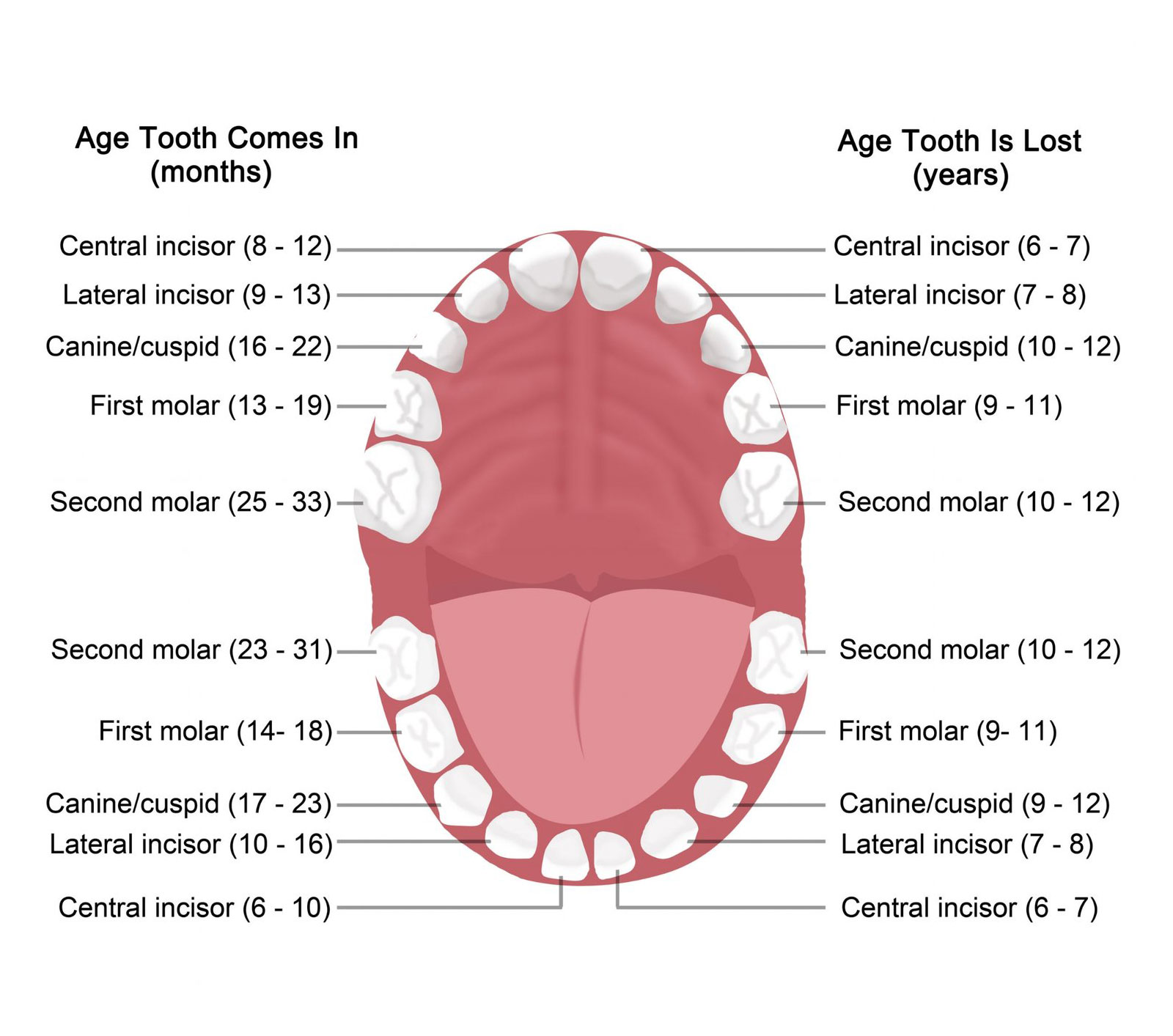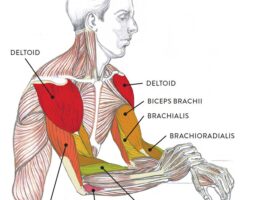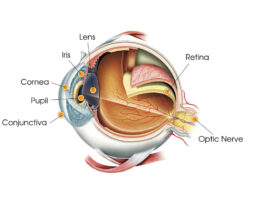Baby teeth, also known as deciduous teeth, primary teeth, or milk teeth, are the first set of teeth in human development. They are temporary teeth that eventually fall out and are replaced by permanent teeth.
There are 20 baby teeth in total, 10 in the upper jaw and 10 in the lower jaw. The teeth are identified by their position in the mouth and are labeled using letters and numbers. The letters A to T are used for the 20 teeth, with A being the upper right central incisor and T being the lower left central incisor.
Each baby tooth consists of a crown, which is the visible part of the tooth, and a root, which anchors the tooth to the jawbone. The crown is covered in enamel, which is a hard, protective layer that helps to prevent decay. The root is surrounded by bone and is held in place by a ligament.
Baby teeth typically begin to emerge at around 6 months of age, and they continue to come in until around age 2 or 3. They begin to fall out around age 6, and the process is usually complete by age 12 or 13. The order of eruption and exfoliation of the teeth is generally predictable and follows a set pattern.



